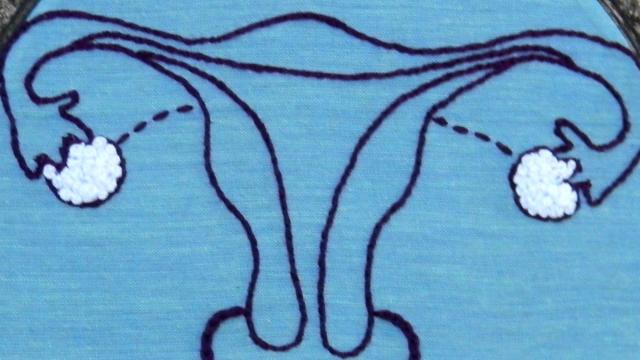The New York Times is following a team of doctors at the Cleveland Clinic as they attempt the first uterus transplant in the United States. If successful, the procedure will let women who’ve had a hysterectomy, or who were born without a uterus, carry a foetus to term and give birth.
Wait — some women are born without a uterus? It’s true. One group of women they’re considering for the uterine transplant have a condition with an amazing jawbreaker of a name: Mayer-Rokitansky-Küster-Hauser syndrome, or just MRKH for short. Women with MRKH have two X chromosomes, ovaries, and normal female genitalia, but the uterus and the upper part of the vagina are either extremely tiny or missing altogether.
No one really knows why it happens.
It’s not caused by the same process that keeps the uterus and vagina from developing in males. During normal male development in utero, the testes secrete a hormone called Mullerian inhibiting substance (MIS), which breaks down the ducts that would otherwise grow into the uterus and upper vagina. This hormonal secretion is the reason that chromosomally male (XY) individuals who don’t make androgen receptors have no uterus even though they have female genitalia: their bodies can’t sense the testosterone that triggers the development of male reproductive tubes and genitals, but still get the MIS signal loud and clear. Women with MRKH have normal egg-producing ovaries and don’t make MIS.
Instead, the normal development of the Müllerian ducts just…fails. The condition occasionally coexists with malformations of the heart, kidneys, or skeleton. So some scientists suspect it stems from a problem with some of the signalling proteins that tell tissues how to behave during development. No one has yet identified the genes that should be telling the Müllerian ducts to become uterine tissues, but geneticists are actively looking for them.
Treatment of MRKH has typically focused on the use of vaginal dilators or plastic surgery to allow these women to have sexual intercourse normally. But for the women without a uterus, pregnancy isn’t an option: having children using their own eggs is possible but requires laparoscopic surgery, in-vitro fertilization, and a surrogate mother.
If it’s successful, the Cleveland Clinic’s transplant patients will still have to have their eggs retrieved surgically and fertilised by IVF, but they will be able to skip the surrogate. And if all goes as planned, the surgeons will go back in and remove the uterus after patients have the children they want, so they won’t face a lifetime of anti-rejection drugs.
[New York Times | Morcel et al. 2007 [Patnaik et al. 2015]]
Image from Hey Paul Studios via Flickr [CC BY 2.0]
